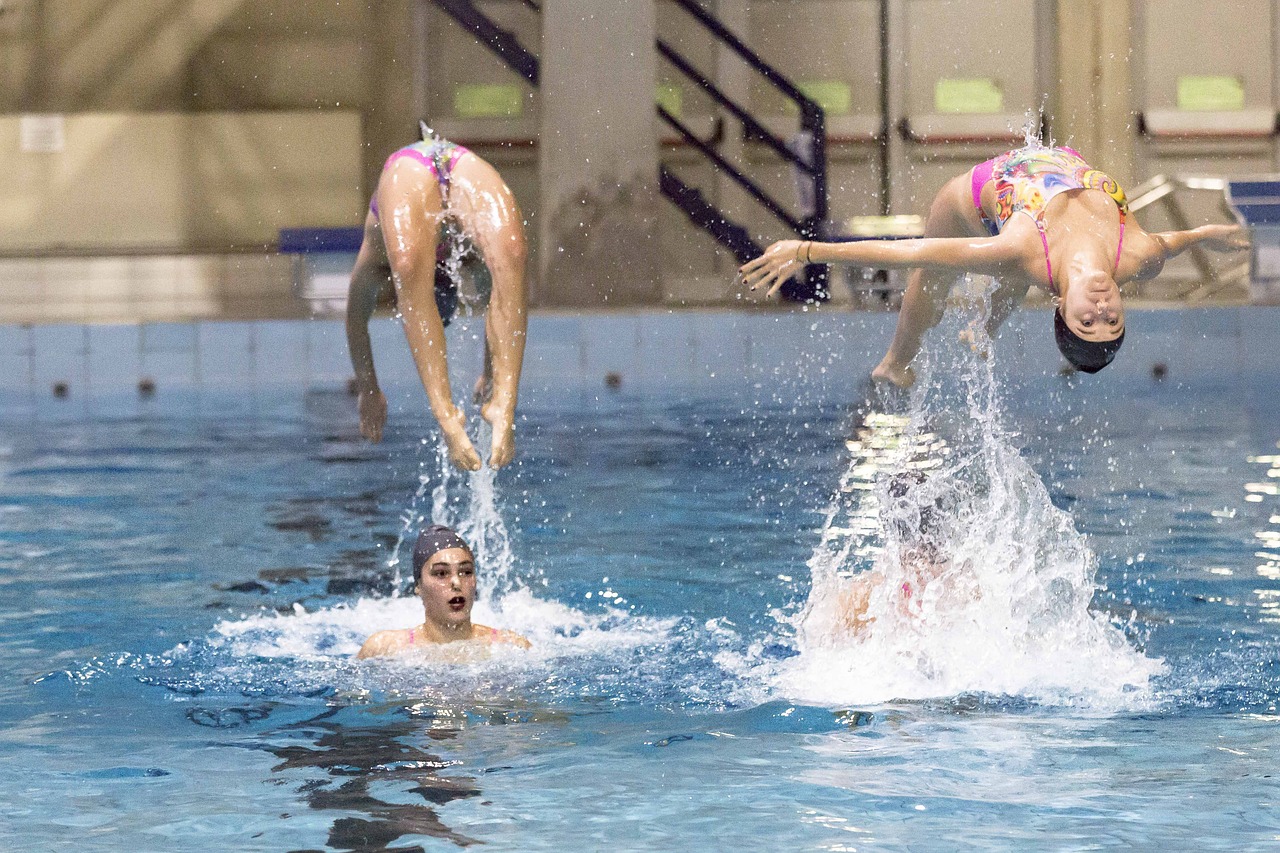Breaking the Ice: A Deep Dive into Synchronized Swimming
Synchronized Swimming, now officially known as Artistic Swimming, is a hybrid form of swimming, dance, and gymnastics, consisting of swimmers performing elaborate synchronized routines in water. Often overlooked or misunderstood, this sport offers a unique combination of athleticism, artistry, endurance, and teamwork that warrants a closer look.

The Origins of Artistic Swimming
Synchronized swimming, which began as a form of water entertainment in the late 19th and early 20th centuries, has evolved significantly over the years. Its roots can be traced back to the water ballets of the late 1800s, with the first recorded competition held in 1891 in Berlin, Germany. However, it wasn’t until the 20th century that the sport began to take shape as we know it today. The inclusion of synchronized swimming in the Olympic Games in 1984 marked a significant milestone, giving it international recognition and cementing its status as a serious sports discipline.
The Art and Athleticism of Synchronized Swimming
Artistic swimming requires a unique blend of strength, flexibility, and endurance. Athletes must perform complex routines involving lifts, throws, and precise formations—all while maintaining perfect synchronization with their team. This requires rigorous training, exceptional breath control, and a deep understanding of rhythm and movement. Despite the challenges, the benefits are manifold: improved cardiovascular and muscular endurance, increased strength and flexibility, and enhanced teamwork and coordination skills.
The Evolution of Training Techniques
Training for artistic swimming has become increasingly sophisticated over the years. Traditional methods such as swimming laps and practicing routines have been supplemented with land-based exercises to improve strength and flexibility, and innovative underwater communication systems to enhance synchronization. Despite these advances, the fundamental elements remain the same: mastering the basic techniques, developing an intimate understanding of the music and choreography, and forging a strong bond with team members.
The Future of Synchronized Swimming
The future of synchronized swimming is bright, with ongoing efforts to expand its reach and recognition. Key developments include renaming the sport to ‘Artistic Swimming’ to better reflect its inherent creativity, and introducing mixed-gender events to promote inclusivity. Moreover, the sport continues to push boundaries with increasingly complex choreography and innovative training methods.
In conclusion, Artistic Swimming is a unique and captivating sport that combines athleticism with artistry. It offers a fresh perspective on what sports can be—a blend of physical prowess, creative expression, and teamwork. As the sport continues to evolve and innovate, it promises to captivate audiences and athletes for years to come.




